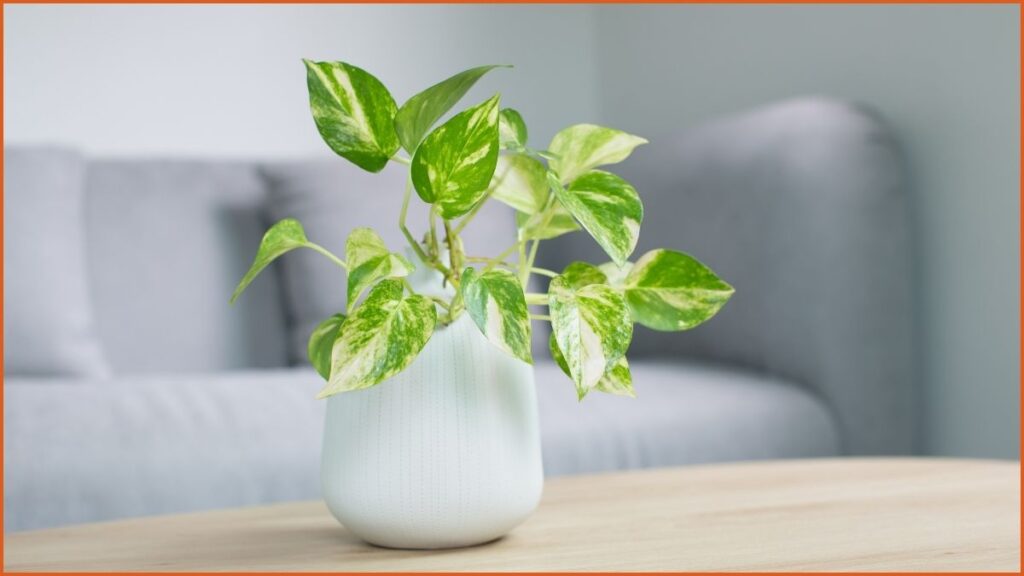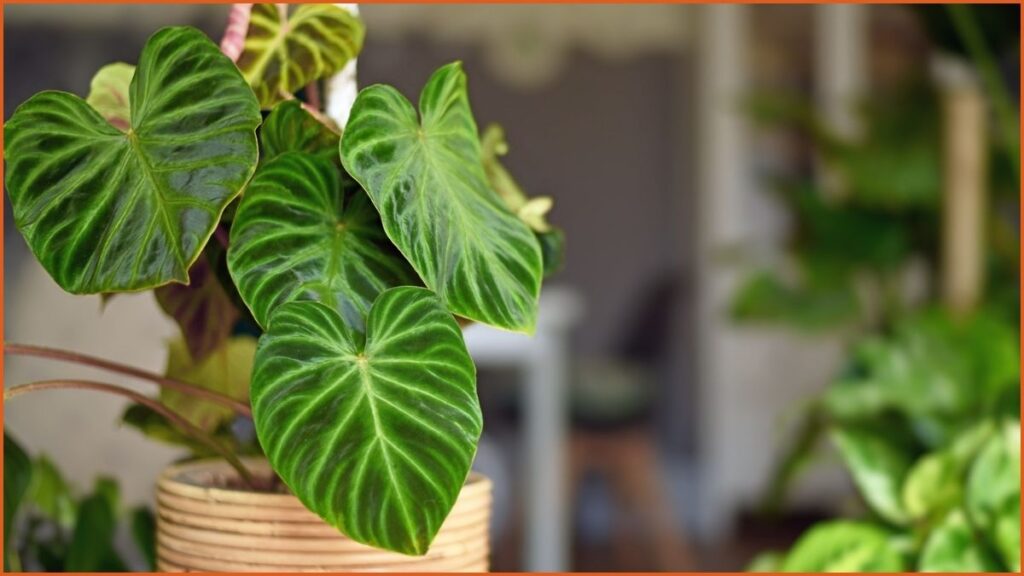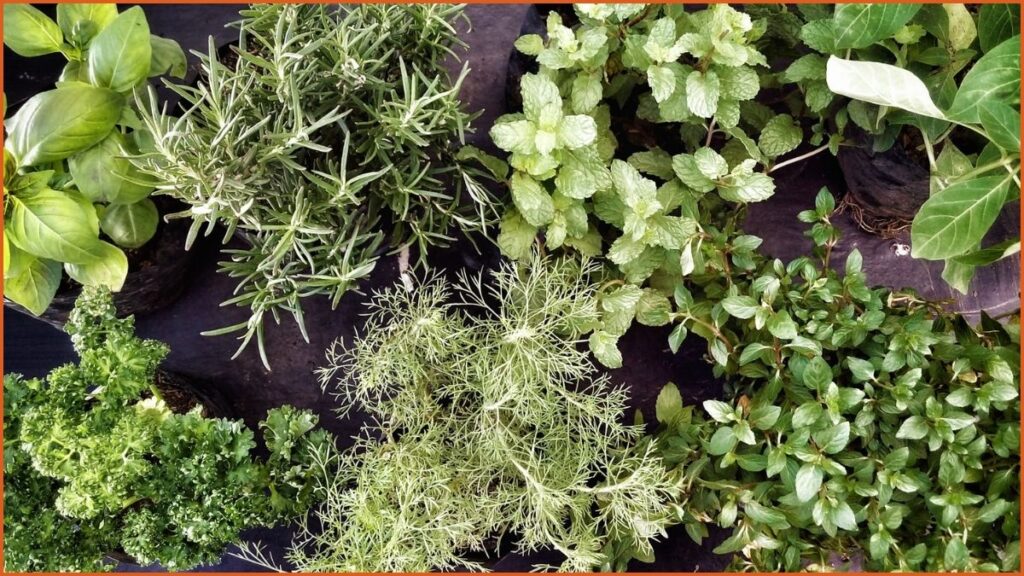Adding houseplants to your kitchen not only enhances the space aesthetically but also improves air quality and brings a touch of nature indoors. Some plants thrive especially well in kitchen environments, thanks to the humidity, varying light conditions, and the occasional warmth from cooking. Here are eight houseplants that are perfect for your kitchen.
1. Pothos (Epipremnum aureum)

Pothos, also known as Devil’s Ivy, is one of the most resilient and easy-to-care-for houseplants. This plant is incredibly adaptable and can tolerate a wide range of lighting conditions, from low light to bright, indirect sunlight. Pothos is also quite drought-tolerant, making it perfect for those who might occasionally forget to water their plants. Its trailing vines look beautiful when placed on top of cabinets or shelves, where they can cascade down, adding a lush green touch to your kitchen.
2. Philodendron (Philodendron spp.)

Philodendrons are another popular choice for kitchen spaces, especially in hanging baskets. These plants are known for their heart-shaped leaves and trailing vines, making them both beautiful and easy to manage. Like pothos, philodendrons thrive in bright to moderate indirect light and can tolerate some degree of neglect. They are excellent air purifiers and can add a vibrant splash of green to any kitchen corner.
3. Herbs

Growing herbs in your kitchen is both practical and aesthetically pleasing. There’s nothing quite like the convenience of snipping fresh basil, mint, or rosemary directly from your kitchen windowsill while cooking. Herbs generally thrive in bright light, so a sunny windowsill is ideal. Common kitchen herbs such as thyme, parsley, and cilantro are easy to grow and maintain, providing you with fresh, organic seasoning year-round.
4. Succulents

Succulents are an excellent option for a kitchen with plenty of sunlight. These plants store water in their leaves and stems, making them highly drought-resistant and easy to care for. Popular succulent choices for the kitchen include aloe vera, jade plant, and echeveria. Place them on your windowsill or a sunny spot where they can soak up the light. Their unique shapes and textures can add an interesting visual element to your kitchen decor.
5. Spider Plant (Chlorophytum comosum)

Spider plants are among the most forgiving houseplants you can own. They thrive in a range of light conditions, though they prefer bright, indirect light. Spider plants are particularly well-suited to hanging baskets, where their arching leaves and tiny white flowers can be fully appreciated. As an added bonus, they often produce “babies” or plantlets, which you can propagate to create new plants. Their air-purifying qualities make them a healthy addition to your kitchen.
6. Snake Plant (Dracaena trifasciata)

Also known as Mother-in-Law’s Tongue, the snake plant is one of the most popular houseplants for a reason. It’s incredibly hardy, able to tolerate low light and infrequent watering, making it ideal for busy kitchens. Snake plants have upright, sword-like leaves that add a modern, structural element to your space. They also filter out toxins from the air, making your kitchen a healthier place.
7. Rubber Tree (Ficus elastica)

If you’re looking for a statement plant for your kitchen, the rubber tree is an excellent choice. This plant can grow quite tall, adding a dramatic touch to your space. Rubber trees prefer bright, indirect light and should be watered when the top inch of soil is dry. Their large, glossy leaves are not only visually striking but also help to purify the air. Keep in mind that rubber trees can grow quite large, so they’re best suited for kitchens with ample space.
8. Coffee Plant (Coffea arabica)

Whether you’re a coffee lover or not, the coffee plant is a charming addition to any kitchen. With its glossy green leaves and compact size, it’s an attractive and low-maintenance plant. While it’s unlikely to produce coffee beans indoors, the coffee plant still brings a lush, tropical vibe to your kitchen. It prefers bright, indirect light and slightly moist soil. Over time, it may produce small, white flowers that add a delightful touch to your indoor garden.



